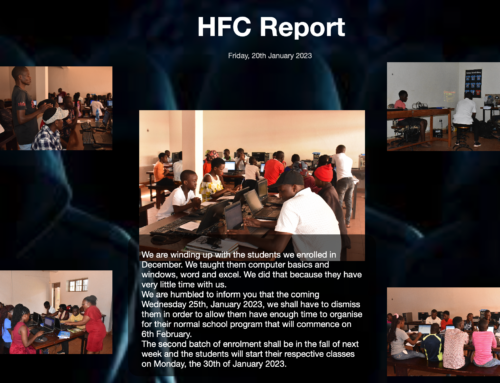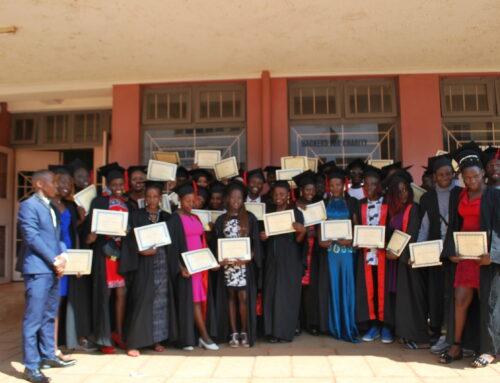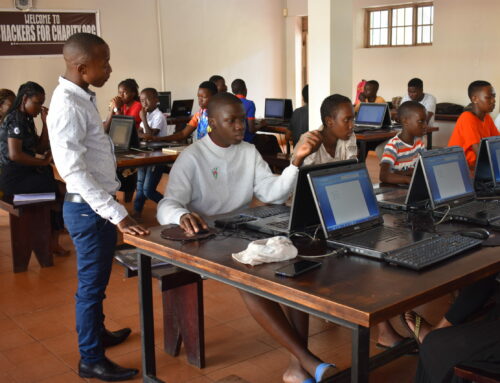Awesome news from the HFC Hackerspace, reported by Michelle from the Just Cause Uganda Blog.
This project is incredible. And incredibly DIFFICULT. We have been working with kids in Canada and the kids in Uganda to see if it is possible to develop a system where we can control one another’s robots from overseas. The idea came about during one of our many online Skype and Google Hangout events between the students in both countries as a “hey guys WHAT IF…..” and it got everyone thinking… It also was a great solution to the access problem to competitive robotics opportunities for international locations that may be able to get equipment and mentorship but cannot afford to travel.
Our Ugandan teams are very restricted by their location and there is minimal opportunity to have a equal experience in competitions that students in the west and at International Schools worldwide are able to be a part of. There are so many other kids worldwide who miss out on these kinds of experiences so we really wanted to push this one and pursue it for the potential it could bring to students everywhere. The Ugandan students were all in with this as they could completely relate to these very limitations, and the Canadian kids have become friends with the Ugandans over the years and have been responsible for most of the online competitions and curriculum development but know the chances they actually can compete beyond what they already have are small. Both groups were as a result, invested in this project and our Ugandan students took the lead.
After 2 years of talking about this, researching and learning about how it could be done, a lot of “it won’t work” or “it’s too difficult” from many “experts”, we made a big push back in December to challenge the kids to get it going and try and see if we could do something by June….After the last 3 consecutive days/nights of trials and trouble, IT WORKED!!!! The Ugandan kids controlled the Canadian robot from Uganda and the Canadian kids controlled the robot in Uganda! “We created an app, called “Arina” using Android Studio which then communicates via an interface in a Java built Apache Tomcat Server system”, according to project lead and developer Abubaker Katalo. The teams’ next step is to make it work as a two way live control system so that both groups can control the others robot at the same time. The decision to use Lego Mindstorms, both EV3 and NXT was made because of how world-wide this product is and the number of existing teams in various robotics programs that could potentially be connected.
It is so remarkable that these kids have figured this out all on their own by researching, asking questions and testing out their own ideas and theories. They have really honed their coding skills with the countless hours spent at the Hackerspace and they certainly do not have any doubt they will succeed in taking this project to the next level and following through with initial idea fully. We love the collaboration that has happened and the moment of success is one that none of us will forget. It was some serious maker magic!







